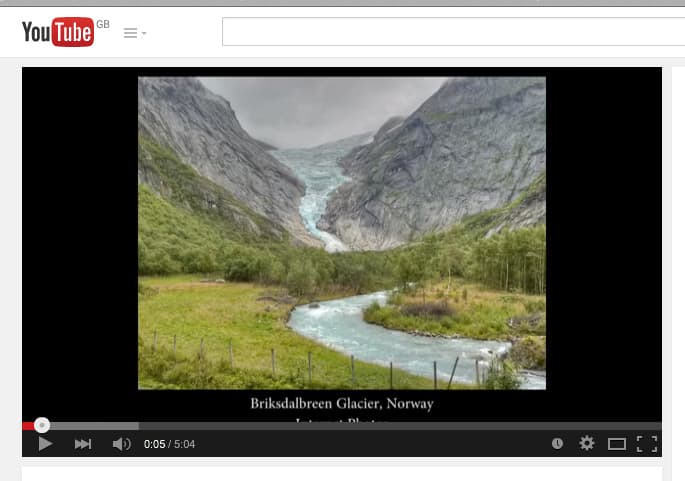Computer scientists at the University of Washington and Google say they have been able put together timelapse videos of popular landmarks from ‘large-community photo collections’ posted on the internet.
The system uses images of scenes that have been photographed from a similar viewpoint by many different tourists, for example – plucking photos from image-sharing websites such as Picassa.
In their paper, developers say the technique, which they have termed ‘time-lapse mining’, automatically discovers all locations in the world with enough imagery, and generates a timelapse video for each one.
They have discovered 10,728 timelapses, showing how popular landmarks are changing over time.
It take around six hours to compute a typical timelapse from 1,000 photos, then 16 hours to match the images, plus an hour to reconstruct them using 3D computer algorithms.
First, they clustered 86 million ‘public’ time-stamped and geotagged photos into landmarks and popular viewpoints.
Then they sorted the photos, by date, and warped each photo onto a common viewpoint.
Finally, they stabilised the appearance of the sequence to compensate for lighting effects and to minimise flicker.
Researchers add: ‘Our resulting timelapses show diverse changes in the world’s most popular sites, like glaciers shrinking, skyscrapers being constructed and waterfalls changing.
‘The depicted changes include buildings under construction, glaciers retreating, plants growing, seasonal changes and many geological processes.’
A view of London from Greenwich Park contains several of the longest timelapse sequences, with more than 10,000 photos in each one.








